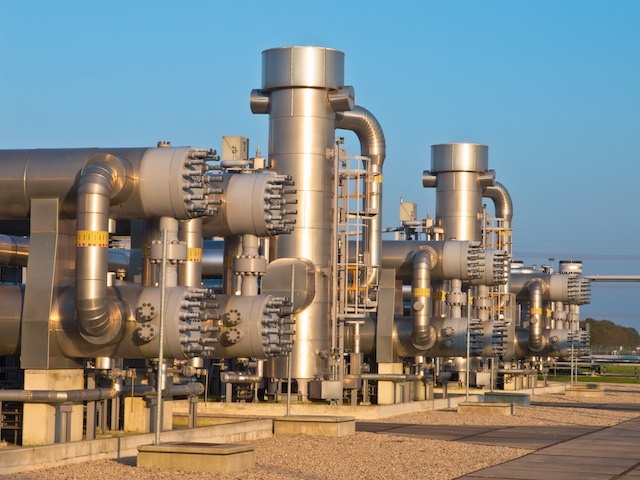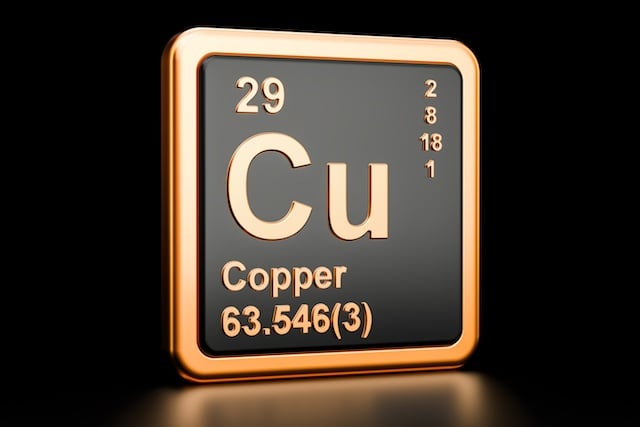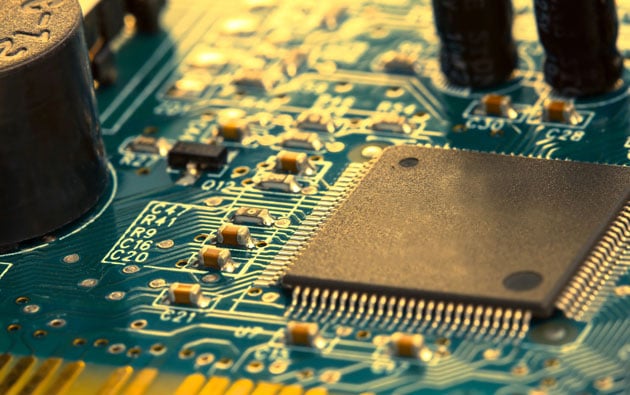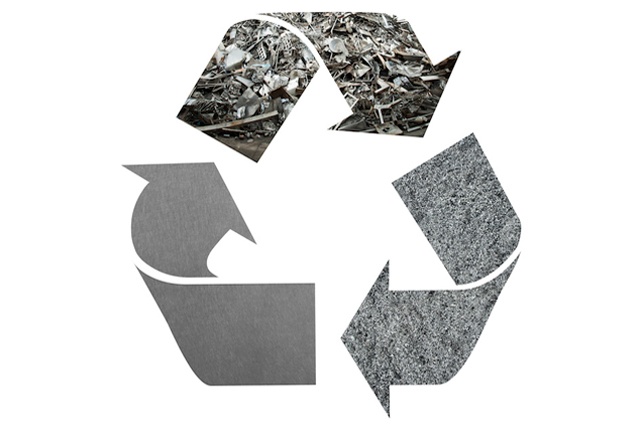
Nickel alloys are a prized resource, so recycling is an important part of their lifecycle. Valuable metals have always been recycled, but in the past the main motivation was their monetary value. These days, recycling is an environmental concern and part of corporate responsibility for the manufacturing industry.
The recycling of nickel alloys is built into our industrial infrastructure. The practice of collecting, sorting and using scrap metal is a large operation in itself, employing many people and contributing to the economy of the UK manufacturing sector.
However, technically superior nickel alloys, such as those that Corrotherm supplies, need to be treated with care when recycled. It’s not as straightforward as it is to recycle other common metals. This is because no two nickel alloys are exactly the same in their composition. There are hundreds of different alloys with nickel in them, though some are worth more than others.
The complexities of recycling nickel alloys
Nickel alloys are created by combining very specific and precise amounts of different metals and elements to give certain, desirable properties. To get the high corrosion resistance and extreme-temperature tolerance needed by many industrial applications, these materials are produced to stringent guidelines.
Each nickel alloy Grade has a different value of nickel in its makeup. For example, INCONEL alloy 625 has 58% nickel, and the rest is made up of chromium, molybdenum and iron, alongside other smaller additions. In comparison, INCOLOY alloy 825 has 38-46% nickel, a higher amount of iron and less chromium, with different balance elements. What this means is that the two nickel alloys can’t be recycled together without compromising their very delicate blend of elements.
These high-performance nickel alloys are valuable because of their individual specifications. The most efficient and responsible way to recycle them is to only recycle them as the same material, so there is little wastage. By recycling an alloy as the same alloy, it can be reused in a meaningful way.
Retaining alloy value
This can lead to the creation of ‘closed loops’ in the manufacture and supply of nickel alloys. The original material is produced to meet its tight specifications, it’s used for its intended purpose, and then it’s collected and processed. It can be produced to create the same alloy again with the same original specifications.
Of course, this process is more expensive than bulk recycling. However, given the initial cost of producing this kind of high-quality nickel alloy in the first place, it is more economically efficient to reuse as much as possible.
It’s not always possible to separate specific alloys in this way. Sometimes nickel alloys get mixed in with other products or different alloys, meaning they can’t be reproduced to their original specification. However, the industry does try and retain as much value as possible from these scrap mixes and has systems in place to process them.
The alloy mixture can be melted down and produced into ingots. These are either sold as ingots of a specific composition, or other controlled values of metals and elements are added when melting to produce a bespoke composition.
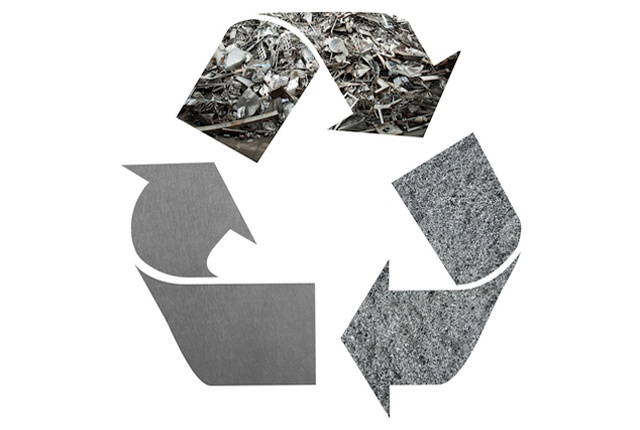 Can you recycle nickel alloys?
Can you recycle nickel alloys?